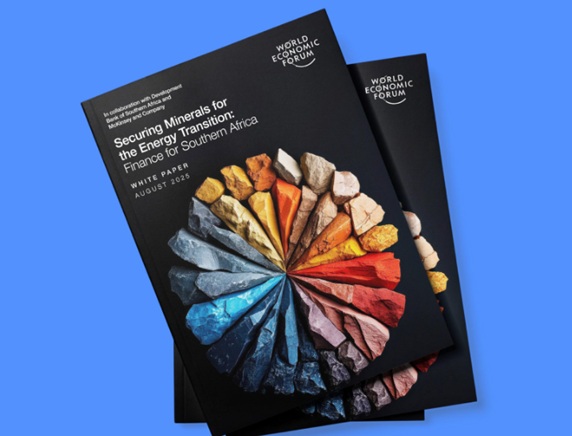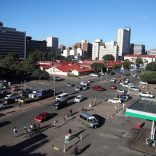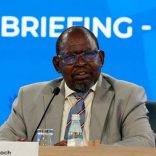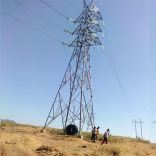Botswana launches new wealth fund to drive diversification and create jobs
Southern Africa needs a unified regional front on critical minerals

Image: World Economic Forum
- Southern Africa’s critical minerals are vital but underused due to systemic issues, per the WEF, DBSA, and McKinsey report.
- Policy uncertainty, poor infrastructure, and limited energy access hinder Southern Africa’s mineral value, according to a WEF report.
- Lobito Corridor, Namibia’s green iron, demonstrates how to bridge gaps and attract funding for the energy transition.
The World Economic Forum (WEF), in collaboration with the Development Bank of Southern Africa (DBSA), is urging countries in the region to form a unified front to unlock investment in critical minerals. The joint report, published on Friday, August 29, argues that a cohesive strategy is essential to harmonize regulations, build investor confidence, and accelerate the creation of local value chains.
The Democratic Republic of Congo (DRC), Zambia, and Zimbabwe hold some of the world’s largest reserves of battery metals. Yet, regulatory instability, outdated transportation links, and low local processing capacity have kept the region reliant on exporting raw materials. Experts warned that without coordination, Southern Africa will remain a supplier at the bottom of the value chain.
Competition for foreign investment has fuelled a “race to the bottom,” with governments offering tax breaks and looser environmental rules to attract mining majors. Forum participants urged the creation of a regional framework to harmonize regulations, share infrastructure, and develop joint ventures that prioritize long-term development.
Infrastructure and value-addition were highlighted as key levers. Congestion at South African ports delays shipments from landlocked countries, while projects such as the Lobito Corridor could transform exports if backed with regional commitment. Processing minerals locally, as Indonesia has done with nickel, would create jobs and increase resilience, but requires heavy investment in energy and technology.
The report emphasized that a unified approach could also enforce higher environmental standards and ensure that mining profits are reinvested in the communities. With global demand for critical minerals poised to surge, Southern Africa presents a rare opportunity to redefine its role in global supply chains and establish itself as a hub for sustainable growth.
Although the sub-region holds a significant portion of the world’s critical mineral reserves, including over half of the global cobalt supply in the DRC, it struggles to attract sufficient financing. The vast potential in countries like Zambia, Botswana, South Africa, Namibia, Mozambique, and Madagascar remains largely untapped.
In 2024, Africa accounted for only 10.4% of global exploration spending, totalling USD 1.3 billion. The report notes that Southern Africa’s share of this was even smaller, pointing out a stark contrast with Australia and Canada, which captured 16% (USD 2,6 billion) and 20% (USD 2.5 billion) of global spending, respectively, according to several analysis.
Beyond the Lobito corridor, building a united regional front requires more shared, foundational initiatives. The joint project between the DRC and Zambia to produce electric batteries is seen as a promising first step. While the region looks to similar future initiatives, countries are also pursuing national reforms, innovative financing models, and pioneering industrial projects to capitalize on their mineral wealth.












Leave a Reply
Be the First to Comment!
You must be logged in to post a comment.
You must be logged in to post a comment.